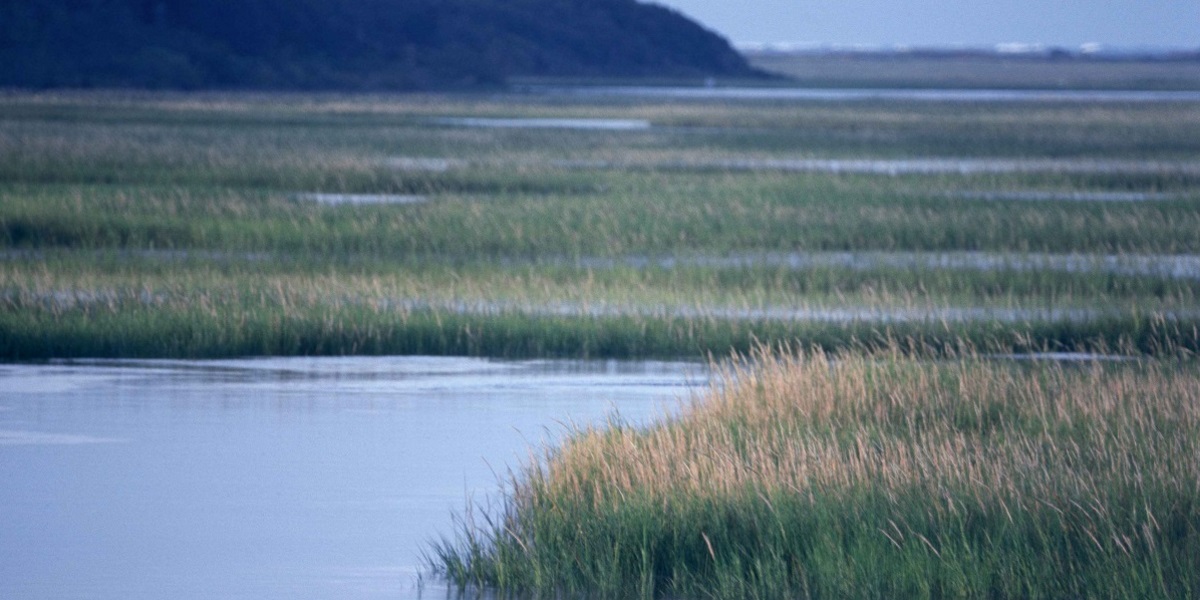Georgia’s coastal salt marsh is struggling, according to a recent study. Over the past few decades, and especially in the last 15 years, the grass that makes up most of the marsh has decreased by about a third.
John Schalles, a biology professor at Crieghton University in Nebraska and an adjunct with UGA, used decades of satellite images of the central part of the coast to study the spartina grass that makes up most of the marshes.
“This particular species covers over 98 percent of Georgia salt marsh,” he said. “These salt marshes produce a lot of food in the food chains both in the marsh and transport into our waters. They’re very important as being natural filters that protect out water quality.”
Schalles said the marsh grass is most affected by higher-than-usual amounts of salt in the water and the soil.
“Drier conditions, warmer conditions, less river discharge all correlated with times of reduced productivity,” he said. “We thought this year we were going to have a pretty good year, had some pretty good rains in the spring and early summer, but it’s gotten very dry down here and hot. It’s been a very warm summer. And the plants are stressed.”

9(MDAxODM0MDY4MDEyMTY4NDA3MzI3YjkzMw004))






